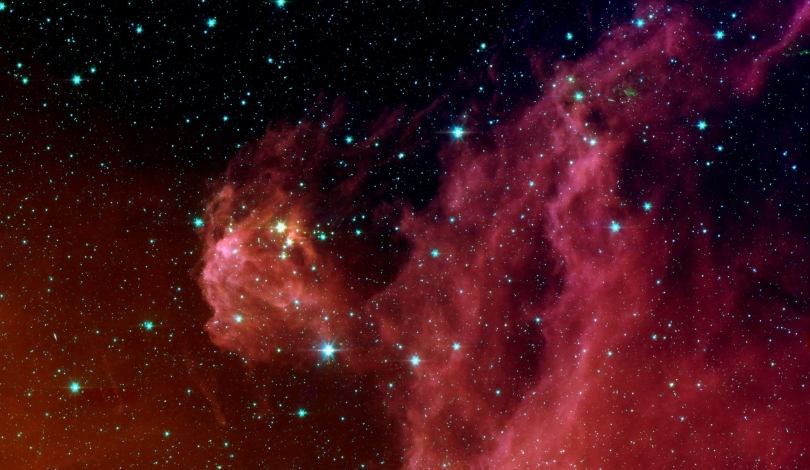Astronomers have revisited the peculiar binary star system HM Sagittae (HM Sge) 40 years after its dramatic outburst, using new data from NASA’s Hubble Space Telescope and the retired SOFIA (Stratospheric Observatory for Infrared Astronomy). These observations have provided fresh insights into the unique symbiotic relationship between a white dwarf and its giant companion star. Interestingly, recent observations indicate that the system has become hotter while paradoxically dimming slightly. This sustained luminosity and the complex interplay between the stars offer valuable data on the dynamics of stellar evolution.
The Hubble Space Telescope, launched in 1990, is a project of international cooperation between NASA and ESA (European Space Agency). It orbits the Earth and captures high-resolution images and spectra of various cosmic phenomena. Thanks to its advanced instruments, Hubble has enabled numerous discoveries in astrophysics, including detailed studies of star formations, galaxy structures, and the expansion of the universe, revolutionizing our understanding of the cosmos.
HM Sge’s unique behavior has puzzled astronomers since its outburst between April and September 1975, when it dramatically increased in brightness and maintained this luminosity for decades. Earlier studies have noted its unusual stability compared to typical novae, which fade rapidly. Recent observations reveal that while the system has grown hotter, indicated by a rise in temperature of its white dwarf and accretion disk, it has paradoxically dimmed—a new development not previously documented.
New Observations
Using Hubble’s ultraviolet data, scientists detected a strong emission line of highly ionized magnesium, indicating a significant temperature increase in the white dwarf and its accretion disk, from less than 400,000 degrees Fahrenheit in 1989 to over 450,000 degrees Fahrenheit now. This discovery contrasts with previous spectra from 1990, showcasing the system’s dynamic nature. SOFIA’s infrared data further revealed water, gas, and dust movements, providing a comprehensive view of the material exchange between the stars. These findings suggest that the giant star returned to its normal behavior within a few years of the explosion, yet has dimmed recently, presenting another mystery for researchers.
The team has also engaged with the AAVSO (American Association of Variable Star Observers), enlisting amateur astronomers worldwide to monitor HM Sge. This collaboration has been crucial in tracking changes not seen since the 1975 outburst. Such data helps astronomers understand the system’s long-term evolution and the mechanics behind its unusual activity.
Key Findings
– Hubble’s ultraviolet data show highly ionized magnesium, indicating a temperature rise.
– SOFIA detected water, gas, and dust flow, which evolved after the nova explosion.
– The system’s luminosity has paradoxically dimmed despite increased temperatures.
HM Sge’s sustained brightness and the latest findings highlight the complexity of symbiotic star systems and their evolution. The new data, particularly from Hubble’s UV spectroscopy, provides unprecedented insights into the energetics of such systems. Researchers continue to analyze these findings to understand better the interplay between the white dwarf and its giant companion. This long-term observation underscores the importance of consistent monitoring in unraveling the mysteries of stellar evolution.










